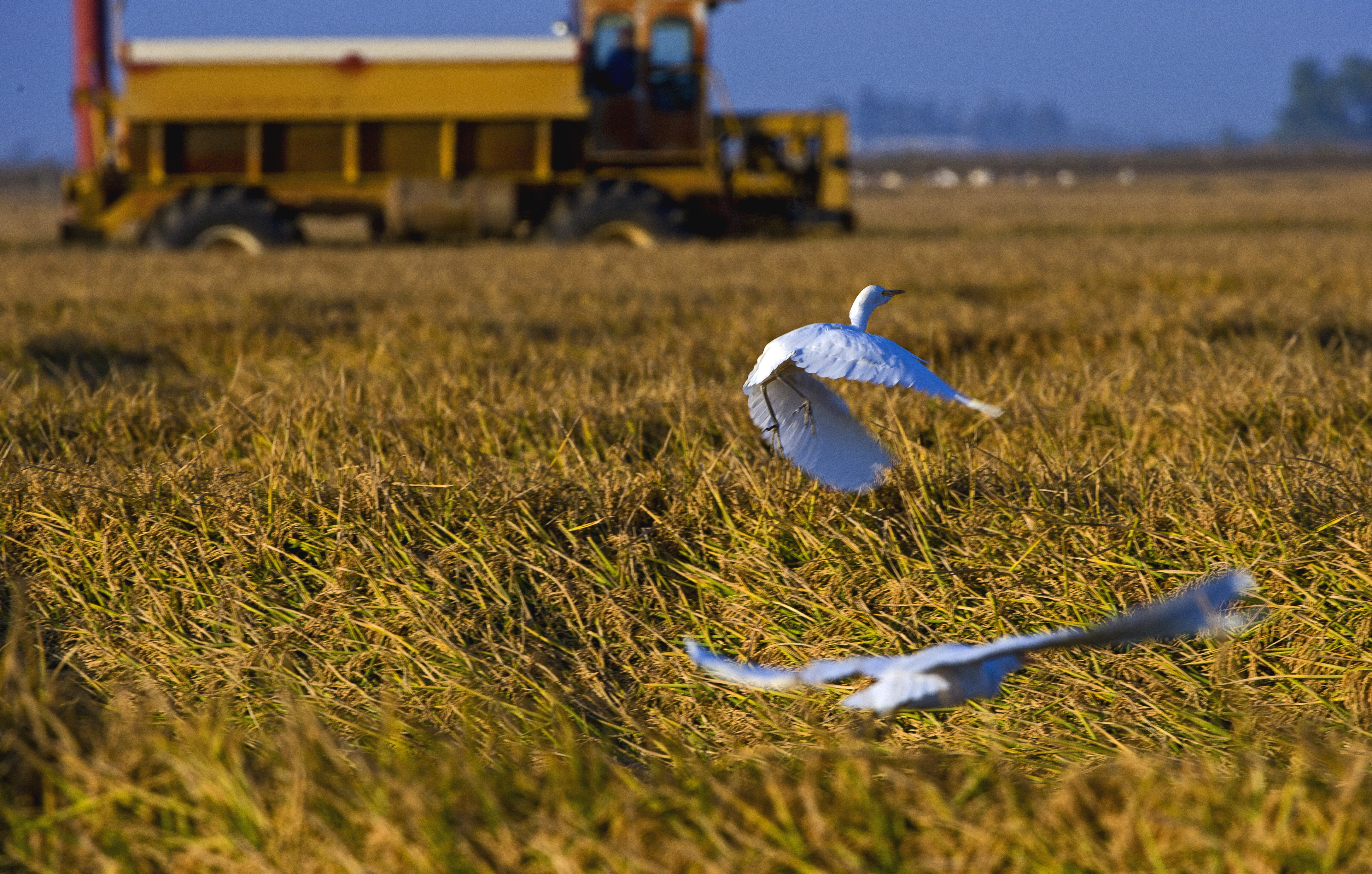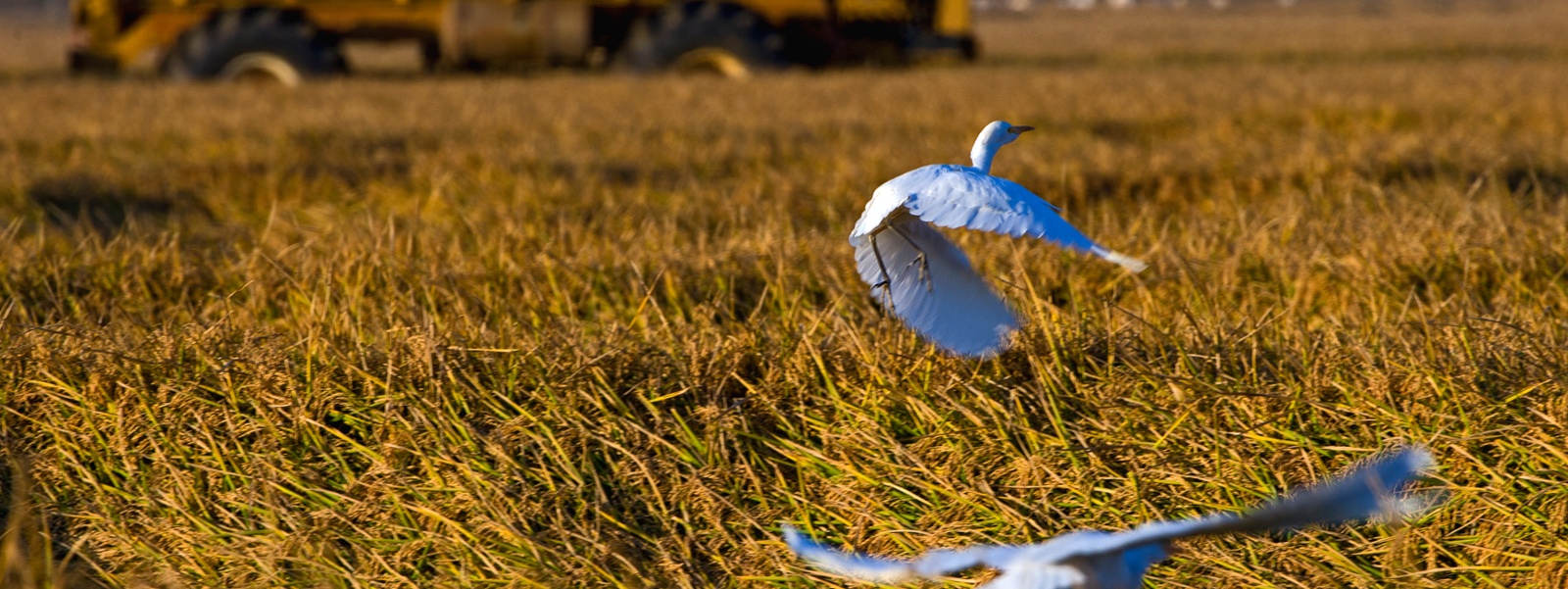Despite more water, most field crop plantings to drop


By Ching Lee
Having more water this year has not necessarily boosted state plantings of field crops.
Of the ones tracked by the U.S. Department of Agriculture, only three—corn, rice and dry beans—are projected to increase in acreage, according to the department’s prospective plantings report released on March 31. USDA made the acreage estimates based primarily on surveys conducted during the first two weeks of March.
State corn acreage is expected to climb by 2.7%—from 370,000 last year to 380,000 this year. After water shortages forced vast swaths of Sacramento Valley rice ground to lay idle last year, the grain is expected to make a comeback this year, with 404,000 acres compared to 256,000 acres in 2022.
USDA estimated medium-grain rice acreage will rise by 66%, while acreage of short-grain rice will go up 10%.
California farmers also plan to grow 50% more dry beans, with 18,000 acres this year compared to 12,000 acres last year. Of dry beans, chickpea acreage is estimated to surge by more than 104%—from 2,200 acres in 2022 to 4,500 acres this year. In contrast, farmers nationwide are expected to grow 17% less chickpeas in 2023.
Several crops are projected to see record-low plantings, including barley, hay, sunflowers and upland cotton.
Barley, with 40,000 acres in 2022, is expected to drop to 35,000 acres this year. Hay of all types reached 830,000 acres during the past two years but is estimated to dip by nearly 5% this year with 790,000 acres. Farmers grew 33,500 acres of sunflowers last year, but they expect to grow 31,000 acres this year.
A surge in cotton prices last spring encouraged growers who had water to plant more acreage of the fiber, supplies of which had dwindled. But they chose to plant more pima cotton over the upland variety, acreage of which dropped 23% from 2021.
This year, with upland prices back down to 2021 levels—about 83 cents a pound—farmers plan to grow even less upland. If realized, the 15,000 acres of upland represent a record low for the state.
Growers also plan to plant less pima this year—about 90,000 acres compared to 116,000 in 2022. Current pima prices—about $1.80 a pound—have plunged from their record high of $3.50 a pound seen last spring, according to Supima.
Roger Isom, president and CEO of the California Cotton Ginners and Growers Association, said he thinks weather may prevent more cotton from being grown this year, as it’s been too cold and wet to plant. Pima requires a longer growing season than upland.
Competition for ground with processing tomatoes may also shrink cotton acreage, Isom said. Canners in January agreed to pay growers a contract price of $138 per ton for tomatoes; that’s 31.4% more than last year’s price.
In its January report, USDA projected state processing tomato acreage at 248,000 this year, up from 229,000 acres in 2022. (See related story on Page 14.)
Isom noted that growers have traditionally grown “a lot of cotton in the Tulare Lake bottom,” and with it being flooded, “there will be no cotton there this year.”
“I doubt we hit 100,000 acres this year,” he said of cotton acreage.
Wheat, most of it planted in the fall, is estimated at 355,000 acres this year, down from 380,000 acres in 2022. Acreage of durum wheat fell by 37.5%—from 40,000 in 2022 to a projected 25,000. If realized, total wheat acreage this year is among the lowest in state history and slightly higher than 2020’s 350,000 acres, the lowest on record.
Claudia Carter, executive director of the California Wheat Commission, said two factors may be pushing wheat acreage down this year: increased plantings of triticale or other grain crops and planted wheat that has since been lost to flooding. She noted some flooded areas of Tulare had been used for growing wheat but is now “out of the picture.”
“The positive note is that some dryland wheat grown in areas with some hills are seeing a great wheat crop thanks to the rain,” Carter said, adding that this may lend to more wheat grain being harvested for milling rather than livestock feed.
As with other field crops in the state, wheat has been taking increasingly less acreage through the years as farmers switch to higher-value crops. Just 10 years ago, state wheat acreage reached 685,000—and this was during the state’s last major drought that lasted from 2012 to 2016.
Yolo County farmer Fritz Durst said a lot of growers in his region planted wheat, but they are now taking it out to plant tomatoes because they have a full water supply. More and more ground has also been converted to permanent crops, he noted.
“There’s just not as much land anymore to plant some of these (field) crops,” Durst said. He planted less corn and more oat hay this year, “thinking if there was a drought, that I would be OK.”
Durst planted wheat in the fall, but geese decimated the crop, so he replanted the field to barley in February. Though the geese are also eating the barley, he said it looks OK, as are his other crops in the foothills.
With more water this year, Durst said he plans to plant his normal acres of rice, though there is now concern that growers won’t have enough time to plant all their ground due to oversaturated fields.
In more typical years, farmers begin planting rice by April 20, he noted, but right now, there’s still standing water in the field.
(Ching Lee is an assistant editor of Ag Alert. She may be contacted at clee@cfbf.com.)




